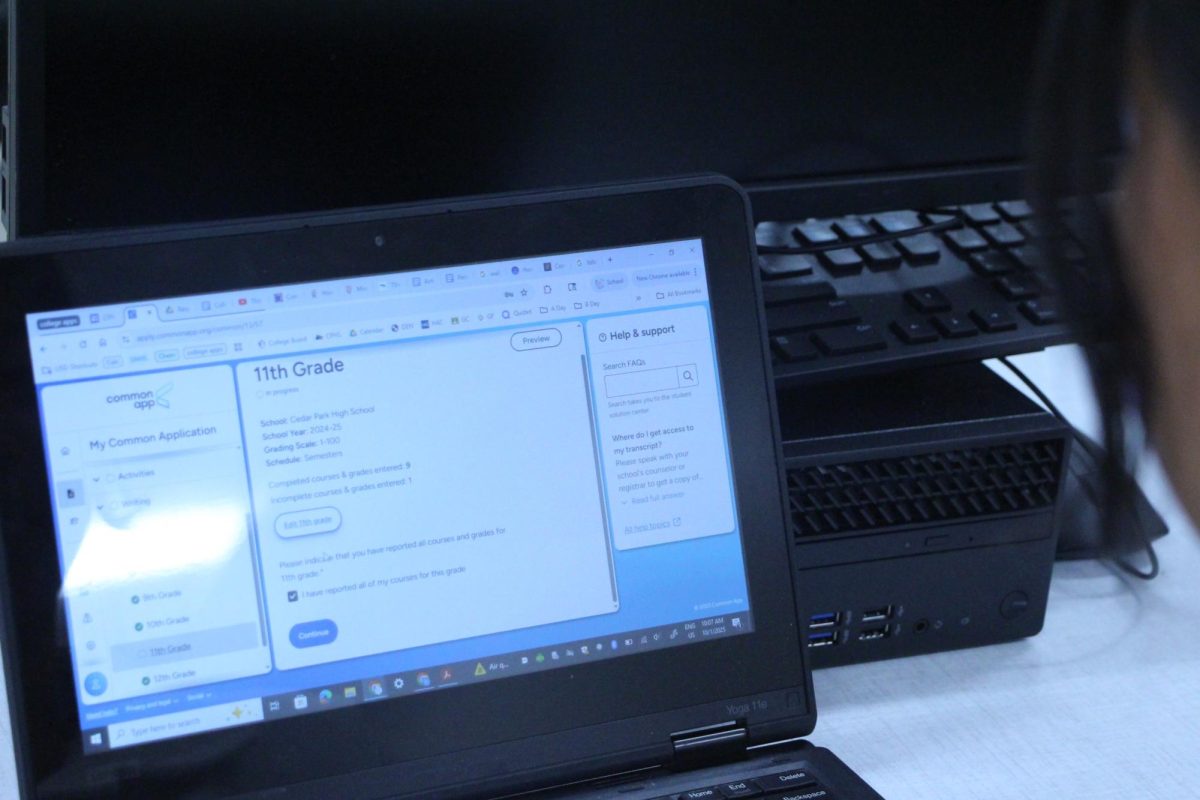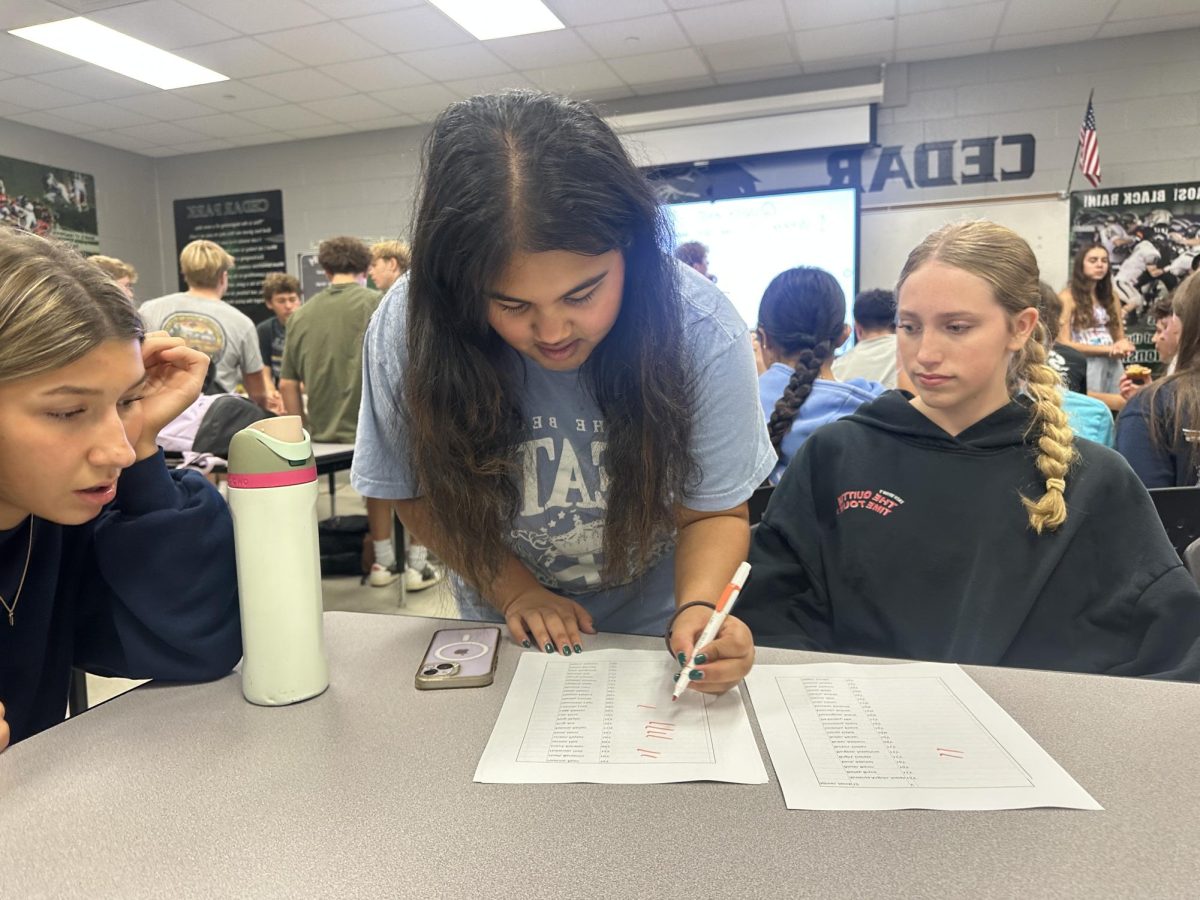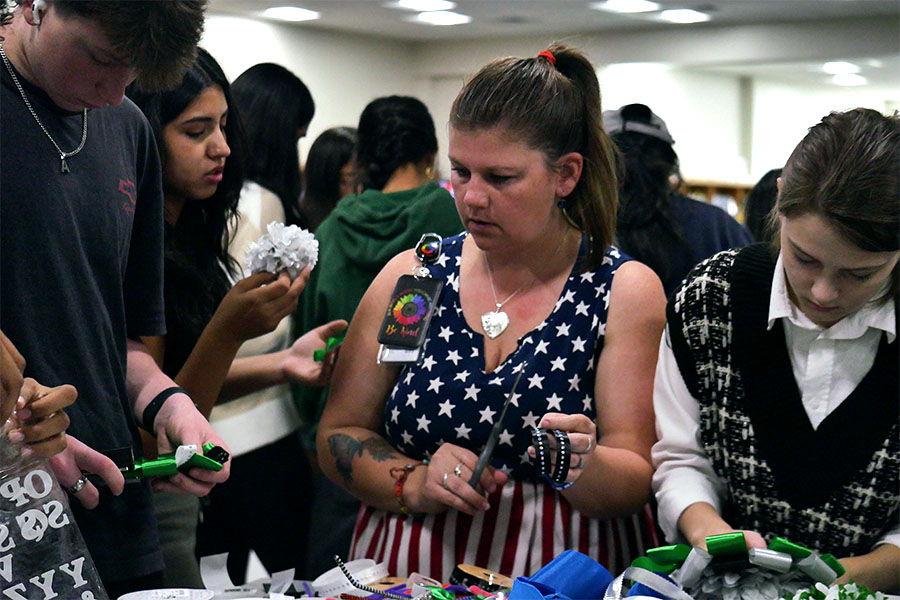Last month President Obama addressed the students of the nation with a simple message: focus on your studies. It was the first day of the new school year for many of the districts tuning in to the speech, and Obama rang in the new school year by talking about “education, and what’s expected of all [students] in this new school year.” President Obama discussed the importance of education, and how the students of today would go on to take the places of those in our present economy. But, out of the rest of the nation, where does our school stand?
As of 2008, 92.2 percent of this entire campus completed their high school education. But this rate is the result of four years of subtle decline since 2004’s rate of 95.5 percent. Meanwhile, CPHS’s dropout rate has risen from 0.5 percent in 2003, to 1.8 percent by 2008. Students who don’t go on to graduate don’t necessarily always dropout of high school, but both of these rates could still continue on their present course.
“Two years ago they stopped counting those who got their GED in the percentages, so the rate went down a bit,” Principal Barbara Spelman said. “But we’ve begun to fix that by opening up our credit recovery labs in an all new way. We’re helping more and more students to graduate.”
But the exclusion of those who received their General Education Degree may not be the only factor here.
“There’s a lot of variables to consider,” John Baltzell, swim coach, said. “It’s more than just number. We should definitely fix this, but we’re doing very well.”
In 1999, 86.2 percent of the student body passed their state-mandated tests. This percentage continued to increase over the years, peaking at 94.2 percent in 2002. But in 2003, after the change from the outdated TAAS test to the TAKS test, these grades plummeted from nearly 95 percent to only 51 percent. From then on, TAKS grades have been steadily recovering. As of last year, 85 percent of the student body passed this test.
“State tests are academic benchmarks,” counselor Robert Santoyo said. “These tests help students to prepare for post-high school education and lets teachers know what to focus on with students.”
But this benchmark may have been significantly bumped up from what it used to be under the Texas Assessment of Academic Skills.
“2003 was the year that we changed from TAAS to TAKS,” Spelman said. “So the standard that was expected of students was made even higher.”
But, as this rise to higher test scores continued, the overall district graduation rates went down even further. However, many campuses are seeing decaying graduation rates. In 2004, 93.2 percent of LISD’s student body went on to graduate from their high schools. But, like CPHS, these rates have declined over the past four years, coming down to 88.8 percent of students graduating. While dropout rates rose from only 0.4 percent in 2003 to 2 percent in 2008.
With well over 20,000 students in this district – over 2,000 of which are occupying our campus – are these measurements really that extreme?
“From a district point of view, this isn’t so bad,” Baltzell said. “But from the point of view of us teacher’s, one student is too many. We begin to feel personal about the success of our students. If one fails, we feel like we’ve failed.”
LISD is considered to be one of Texas’ fastest-growing districts, but this constant growth in student body may have something to do with the way our rates are changing.
“I think bringing down population densities in classrooms would help greatly,” Santoyo said. “It would give teachers a chance to have more of a one-on-one experience with students. We are always trying to alleviate densities in the classroom.”
It will be the students of today who will inherit the curses or blessings of the present economy, so we need to be prepared to shoulder this new responsibility. No matter what sort of occupation a student will take on in their future, they will be a piece of the American economy.
“It is so important that people graduate. Otherwise their future is pretty easy to predict,” Baltzell said. “Just graduate, that is the key. But high school should teach you not only to be learners, but to be life-long learners,” Baltzell said. “Technology is evolving so much that if we don’t become life-long learners, we will fall far behind.”
District and campus records date back to only six or more years, which shows us that we may not have enough information, at this point, to determine whether or not we are experiencing a catastrophe or a simple bump in the overall statistics of a massive district. But as the old saying goes, only time will tell.










![Broadcast, yearbook and newspaper combined for 66 Interscholastic League Press Conference awards this year. Yearbook won 43, newspaper won 14 and broadcast took home nine. “I think [the ILPC awards] are a great way to give the kids some acknowledgement for all of their hard work,” newspaper and yearbook adviser Paige Hert said. “They typically spend the year covering everyone else’s big moments, so it’s really cool for them to be celebrated so many times and in so many different ways.”](https://cphswolfpack.com/wp-content/uploads/2025/05/edited-ILPC.jpg)





![Looking down at his racket, junior Hasun Nguyen hits the green tennis ball. Hasun has played tennis since he was 9 years old, and he is on the varsity team. "I feel like it’s not really appreciated in America as much, but [tennis] is a really competitive and mentally challenging sport,” Nguyen said. “I’m really level-headed and can keep my cool during a match, and that helps me play a bit better under pressure.” Photo by Kyra Cox](https://cphswolfpack.com/wp-content/uploads/2025/09/hasun.jpg)

![Bringing her arm over her head and taking a quick breath, junior Lauren Lucas swims the final laps of the 500 freestyle at the regionals swimming competition on date. Lucas broke the school’s 18-year-old record for the 500 freestyle at regionals and again at state with a time of 4:58.63. “I’d had my eye on that 500 record since my freshman year, so I was really excited to see if I could get it at regionals or districts,” Lucas said. “ State is always a really fun experience and medaling for the first time was really great. It was a very very tight race, [so] I was a bit surprised [that I medaled]. [There were] a lot of fast girls at the meet in general, [and] it was like a dogfight back and forth, back and forth.” Photo by Kaydence Wilkinson](https://cphswolfpack.com/wp-content/uploads/2025/03/Kaydence-2.7-23-edit-2.jpg)
![As her hair blows in the wind, senior Brianna Grandow runs the varsity girls 5K at the cross country district meet last Thursday. Grandow finished fourth in the event and led the varsity girls to regionals with a third place placement as a team. “I’m very excited [to go to regionals],” Grandow said. “I’m excited to race in Corpus Christi, and we get to go to the beach, so that’s really awesome.” Photo by Addison Bruce](https://cphswolfpack.com/wp-content/uploads/2025/10/brianna.jpg)











